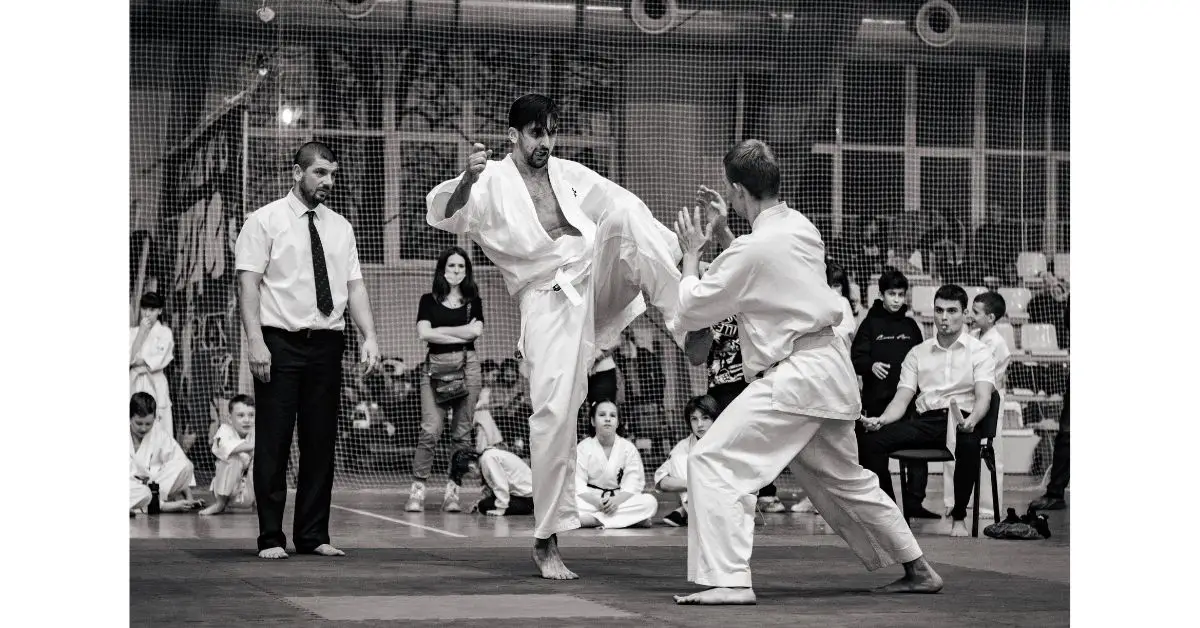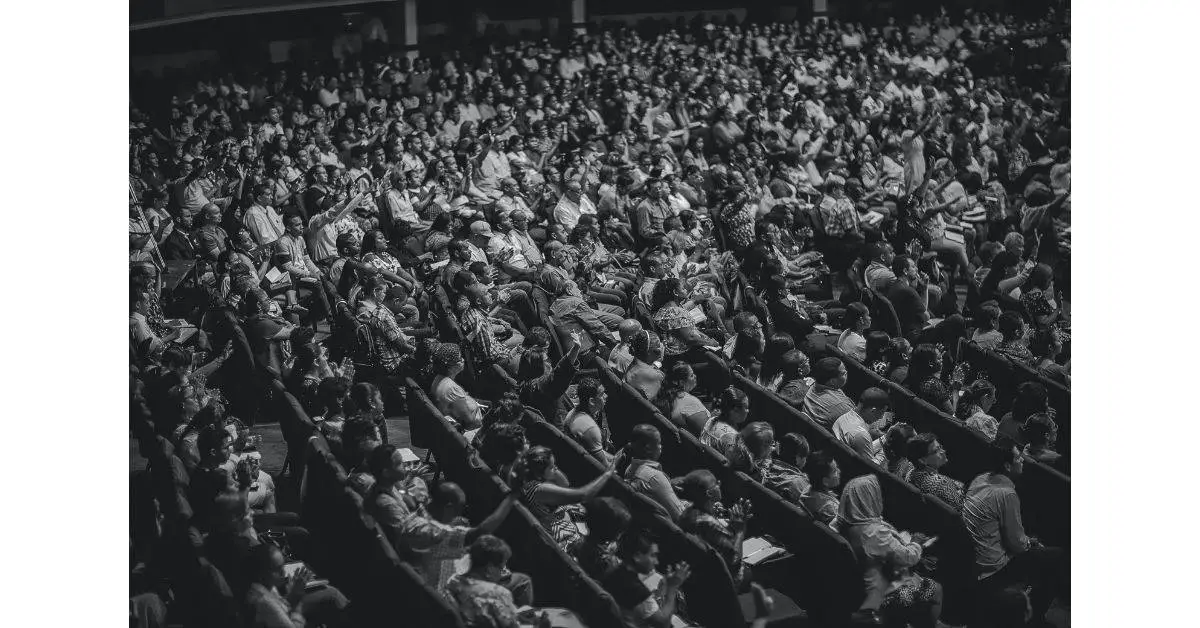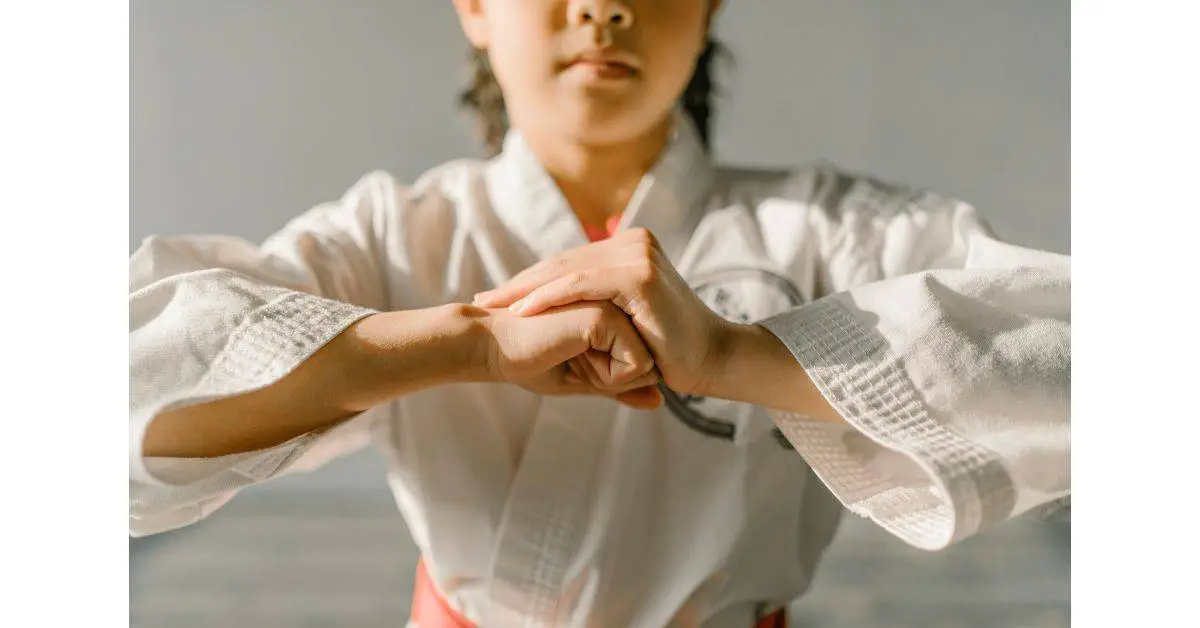One of the combative martial arts is karate, which strongly emphasizes self-defense and attacking an opponent effectively. Karate is known for its kicks, punches, wide stance, and intense spiritual training and exercises. So you might be wondering why karate is so popular.
Karate, however, is one of the most well-known and popular martial arts for pretty straightforward reasons: If practiced properly, it is safe, quick to learn, requires little space, and it is incredibly effective. Its rich cultural history offers martial artists a deeper connection, to strengthen its relatability.
Nothing is more harmful to the world than a martial art that is not effective in actual self-defense.
Choki Motobu (1870-1944)
Karate has been practiced outside of Japan for less than a century, although it competes with Taekwondo as one of the most well-liked martial arts in the world. How, therefore, did this martial art come to be practiced so often in dojos around the world?
There’s a diversity found in karate that’s awesome that if you only practice Karate for recreation, health, or as an “exotic hobby,” you can still increase its efficacy in all areas by incorporating current training techniques and scientific ideas. This is cool because it is anchored in traditional Japanese and Okinawan values and traditions.

Discover some reasons for karate’s popularity by reading on.
Karate has attracted the public’s attention for decades, ever since the US military introduced it, and it has been prominently featured in numerous hit movies and television shows.
#1- The Media showcased Karate
Karate arrived in the West around the same time televisions rose in popularity as home appliances, this helped to boost its appeal in America and other countries across the globe
Karate became a well-liked theme in action-adventure television programs during the 1950s and 1960s, from The Green Hornet to The Detectives. Even venerable programs like Star Trek have martial arts scenes in them. The National News, as a source. Here are a few other programs from that era that included karate:
- The Avengers
- Kung Fu
- Longstreet

These American TV programs contributed to the spread of karate in the West. Since many American shows involving karate were also popular internationally, these same shows also contributed to the popularity of karate spreading to other regions of the world.
People were inspired to enroll in karate classes. They wanted to imitate their favorite television stars because the majority of popular culture figures during this era of great television were portrayed as gallant and courageous heroes. As soon as individuals became truly interested in karate training, they discovered how useful this martial art is for both exercise and self-defense.
#2- Blockbuster movies helped to popularize karate.
Positive media coverage of karate was widespread in the 1950s, 1960s, and 1970s, but in the 1980s and 1990s, it gained even more popularity. Blockbuster movies on karate were produced during this period, including The Karate Kid, Bloodsport, The Last Dragon, and Big Trouble in Little China.
Karate instructors used this opportunity to elevate karate in popular culture swiftly. Around the same time, dojos started to spring up all over the place where people of all ages could learn karate. The many benefits of karate have drawn fans back for centuries, even though movies and television were the initial sources of interest.
Another factor contributing to karate’s continued popularity is the availability of numerous dojos, even in somewhat isolated locations.
With so many possibilities for instruction, competition amongst dojos is encouraged. A strong karate community only serves to inspire more beginners to take up the sport, as it increases karate’s visibility to the public.
#3- Karate includes exceptional diversity
Karate has an astounding amount of built-in diversity. Whether you train in Kumite, Kihon, Bunkai, Kata, Kobudo, or another “style,” there is always something new to learn or do.
There are countless ways you can utilize karate to direct your path.
Traditional Karate’s timeless nature makes it ideal for forward-thinking instructors who want to shape their students in any way. In fact, classical Karate is so versatile that someone like you might use it like how Lyoto Machida used it to win the UFC championship.
No matter how you train in karate, always remember: Theory and practice are interrelated and Karate is the fighting style of the wise.
#4- Karate is safe, simple, and efficient
Look, Karate is quite simple. However, mastering karate is extremely difficult!
Karate is also relatively safe, unlike many other contemporary martial arts. Unless you practice at places or dojos where profits are prioritized over safety, you are unlikely to sustain more than a bruise (or damaged ego) during training. Due to this, Karate has recently gained a lot of popularity amongst both children and adults.
Don’t be deceived, though; if you walk into a real dojo, you should always be ready to put forth some effort and endure some discomfort. Karate is a martial art, after all.
#5- Karate Is effective for self-defense
The fact that karate is regarded as a reliable self-defense technique is another factor in its recent surge in popularity. Karate is meant to be utilized as a street fighting style for actual close-quarters combat. In contrast to Taekwondo, which was always popular and concentrates on dazzling high kicks and spinning techniques in the ring.

Karate is a little more approachable than other good self-defense disciplines like judo and jiu-jitsu; despite the fact that it is an equally powerful martial art for self-defense. People who want to study self-defense without having to grapple on the floor frequently choose it as well.
How many people worldwide do karate?
According to the World Karate Federation, the first WUKO World Championships, which had athletes from 33 nations; but only male competitors in the Kumite classes, were held the same year in Tokyo, Japan.
At the 1980 World Championships, women’s and kata divisions were added, but by 1992, as the sport’s popularity grew, the governing body changed its name to the World Karate Federation in December.
The president of the Federation is a Spaniard named Antonio Espinos, who has been in the organization’s governing body since 1997.
According to Nippon, at the Tokyo 2020 Olympics, karate made its Olympic debut. And currently, karate is currently practiced by about 100 million individuals throughout 197 nations, five continents, and 100 million practitioners worldwide. Karate evolved from a martial art without weapons, and it still serves as a tool for encouraging independence and mental toughness.
Final words
It is impossible to master everything there is to know about karate. Ten more doors appear the moment you open one metaphorical door of knowledge. Although some people may find this to be threatening or overwhelming, and that is also a reason why its popularity continues to grow worldwide.
Karate is certain to keep gaining popularity, given the explosive rise it has had as a sport over the past 80 years.
The demand for learning this Japanese combat technique has never been higher, thanks to the inclusion of karate as an official Olympic sport. Moreover, the inclusion of martial arts in more and more movies and television shows like Cobra Kai.

